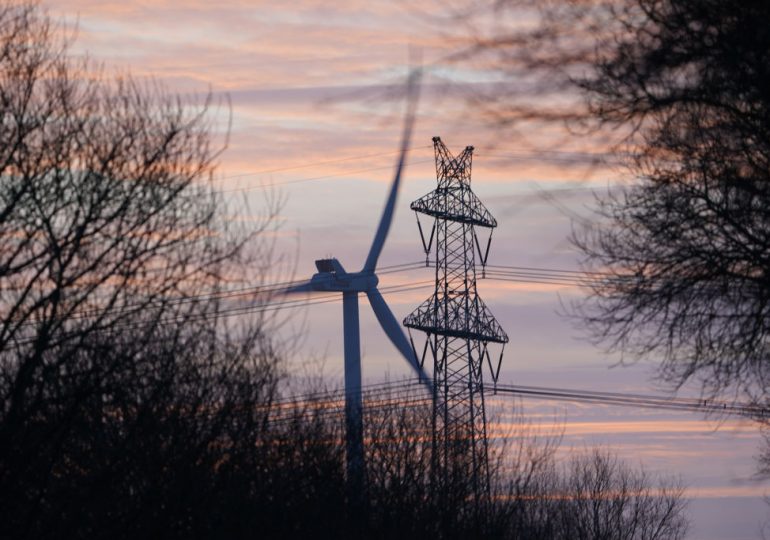Financial institutions play a central role in setting the course of climate action, underwriting clean energy projects around the globe. They also help determine which fossil fuel projects continue to be built. This central role has placed financial institutions in the middle of the culture wars. Depending on whom you ask, these big banks and asset managers are either engaged in a form of green wokeism, placing environmental concerns ahead of returns, or callously abandoning their climate commitments in pursuit of a quick profit.
[time-brightcove not-tgx=”true”]
This year’s letters to shareholders from JP Morgan Chase CEO Jamie Dimon and BlackRock CEO Larry Fink show how big financial institutions are trying to manage the challenge. In Dimon’s letter, published April 8, the CEO calls for a transformation of supply chains and energy systems to meet climate goals, but also suggests that policymakers need to embrace a “realpolitik” approach. In his March letter, Fink employed similar rhetoric, calling for what he described as “energy pragmatism.”
What do “realpolitik” and “energy pragmatism” mean in more concrete terms? Both Dimon and Fink argue that the global economy needs continued investment in fossil fuels in the short term to address energy security challenges, most importantly the lingering effects of Russia’s invasion of Ukraine. Dimon in particular took issue with the Biden administration’s decision to pause new approvals of liquified natural gas export infrastructure and suggested that replacing coal with gas offers an effective way to cut emissions.
It’s almost self-evident that embracing fossil fuels isn’t good for efforts to meet climate targets. Burning these energy sources is what causes climate change, after all. And, while a natural gas plant should technically emit less than its coal fired equivalent, building new gas infrastructure risks locking the fossil fuel into the energy mix for decades to come.
But the acceptance of gas doesn’t mean a wholesale abandonment of climate finance. Indeed, both letters include an embrace of opportunities to finance the energy transition. In total, Fink writes, his firm has nearly $140 billion in assets under management aligned with energy transition strategies compared to $300 billion invested in traditional energy firms. And he cites potential growth opportunities, including BlackRock’s Climate Finance Partnership, which is providing capital for clean infrastructure projects in emerging economies. Dimon, for his part, cites client interest in continuing to finance clean energy infrastructure and the growth opportunities unlocked if the world spends the trillions necessary to meet climate targets.
Both Fink and Dimon root their analysis outside the confines of finance, explaining their positions as the right approach for humanity as well as for shareholders. But it’s useful to think about their comments as an indicator of the shifting winds in the financial sector. A few years ago, large financial firms were keen to show their embrace of ESG. At the time, their continued investments in the traditional energy sector were far from a favorite talking point, at least in part because they generated below market returns. The rhetorical focus has changed with the market. Oil and gas investments have become more lucrative. And the culture war pushback from conservative politicians has taken a bite of their business—albeit a small one.
Still, even in that context, Dimon and Fink—and for that matter, any savvy investor—know that clean technologies are where the biggest growth opportunities remain.
Leave a comment








